Dr Barbara Levick0415166187, 9780415166188, 9780203061893
This is a success story, as medieval traditions about ‘the noble Emperor’make clear. In one French, Spanish, and Portuguese romance, printed inLisbon in 1483, Vespasian, a sufferer from leprosy, is cured by the handkerchiefof St Veronica, and proceeds to take Jerusalem, avenging Christ and punishingJews and Pilate; he converts his entire Empire to Christianity.1The individual’s success, set against the downfall of a dynasty, is thestraightforward subject of the first four chapters of this book. The unglamorousnew senator Vespasian pursued his career under the Julio-Claudian emperors,Tiberius, Gaius, Claudius, and Nero (14–68), and his accumulating experiencemade him useful to the declining dynasty without making him dangerous.He survived politics as well as the rigours of campaigning in Britain (Ch. 1–2) to emerge in 67 as the military man chosen by Nero to bring Judaea backinto the Empire (3). So he came to be in charge of three fighting legions andin alliance with the governors of Syria and Egypt, who controlled five more,precisely when the emperors of 68–9 were fighting for survival (4.1). Thesuccess of the bid itself depended on his being able to rally legions andindividuals in key positions military and civilian through calculation orprinciple, fear or ambition, usually a complex amalgam. |
Table of contents :
Book Cover……Page 1
Title……Page 4
Contents……Page 5
List of plates……Page 10
List of maps……Page 12
Acknowledgements……Page 13
Abbreviations……Page 15
Key dates……Page 21
Stemma I: The Flavians……Page 23
Stemma II: The Arrecini and Julii……Page 24
Maps……Page 25
Introduction……Page 44
A new man in politics……Page 47
Vespasian and the aristocracy: the command in Britain……Page 57
From Nero’s court to the walls of Jerusalem……Page 66
The bid for Empire……Page 86
Ideology in action……Page 108
A new Emperor and his opponents……Page 122
Financial survival……Page 138
Stabilization: the winning of peace……Page 168
Enhancement: the physical and moral restoration of the Roman world……Page 185
Imperialism: Vespasian’s army and the extension of the Empire……Page 213
Elites……Page 231
Vespasian and his sons……Page 245
Conclusion: ideology in the aftermath……Page 257
Notes……Page 271
Concordance……Page 334
Bibliography……Page 342
Index……Page 351 |
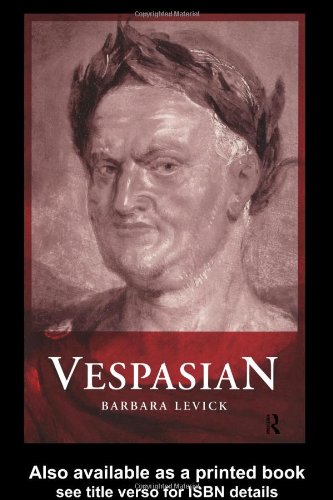
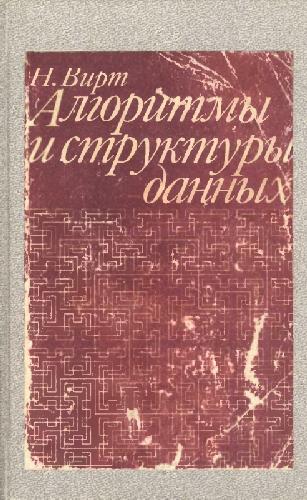
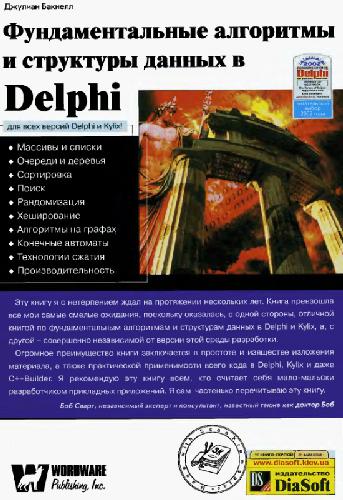
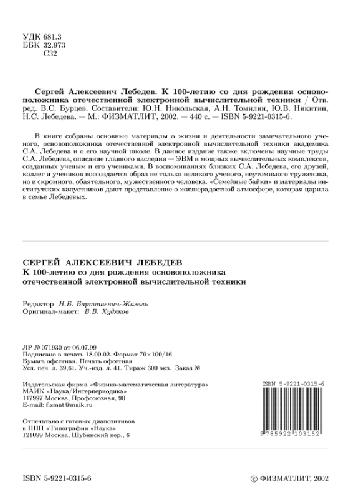

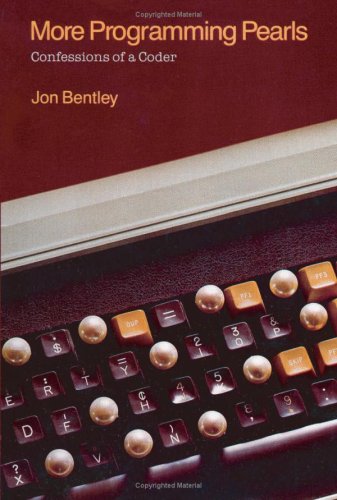

Reviews
There are no reviews yet.